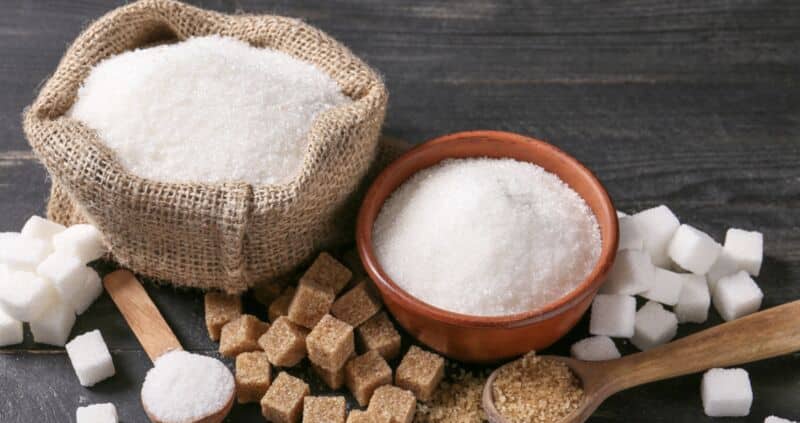From Mai Tais to Mojitos, nothing transports you to the tropics quicker than a rum cocktail. Many people can list off their favorite rum-based beverages, but only a few can cite its history, or have any idea of the journey their rum has been on to find itself in their refreshment.
History of Rum in the Caribbean
Most rum is produced from molasses made from sugarcane. In fact, the first distillation of rum in the Caribbean, where the majority of rum is produced, took place on the sugarcane plantations there in the 1600s. Plantation slaves discovered that molasses, a by-product of the sugar refining process, could be fermented into alcohol. Distillation of these alcoholic by-products concentrated the alcohol, removed some impurities, and subsequently produced the first modern rums.
What started off as a by-product of sugar production, initially associated with low economic status due to its being a generally poor quality, inexpensive distilled spirit, eventually evolved into a luxury good as a result of improved quality and social acceptability in the 19th and 20th centuries. Today, rum is one of the most consumed spirits in the world. And while it is produced on five continents, the Caribbean remains home to the most famous varieties.
Improved Sugar Refining Methods Allow Mills to Focus Resources on Rum
Coincidentally, the invention of centrifugal machines also came about in the 19th century. The very first continuous centrifugal machines separated cream from milk, and opened the door to a broad range of other industrial applications (via ScienceDirect). Among these applications was sugar refining—a process that turns raw sugar from cane or beets into white refined sugar, leaving behind molasses.
Sugarcane is chopped and crushed at the sugarmill to extract the cane juice. The juice is boiled to reduce the water content, leaving behind a sugar syrup, which goes through a clarifying process and is then mixed with sugar crystals. The mixture of clarified sugar syrup and sugar crystals is boiled then cooled, allowing the crystalized sugar to grow. Finally, it is spun through the sugar mill’s centrifugal machine to separate the crystals from the liquid—a process that must be repeated several times before it produces the sugar sold on our marketplace shelves (via Difford’s Guide).
After all this, the thick black liquid known as molasses is left behind for the distilleries to ferment and distill to produce rum—which must typically then “age” for a minimum of one year!
Western States in the Caribbean
In the early 20th century, Western States became the major centrifugal supplier to the Cuban sugar industry—the partnership made perfect sense due to the proximity of Cuba to the United States and Cuba’s status as a major world producer of sugar. And while the partnership eventually came to a close after more than three decades, Western States centrifugal machines allowed Cuban sugar mills to produce refined sugar more efficiently and to a higher standard, which paved the way for Cuban rum to take off parallel to sugar production.
Whether you’re inspired to think deeply about the long, complex history of rum and the journey a single shot takes from sugar cane to the base of your cocktail the next time you sip a piña colada—or you just gained some new fun facts for trivia night—Western States is proud to share in the making of a history as rich as rum itself. Cheers!
Contact Western States Today
Western States is the leading Centrifuge Manufacturer for sugar processing, chem/pharma & botanicals. Whether you are looking to upgrade your G-8 to a G-16 LINC Batch Centrifugal, or you are interested in a new machine, contact us today.

